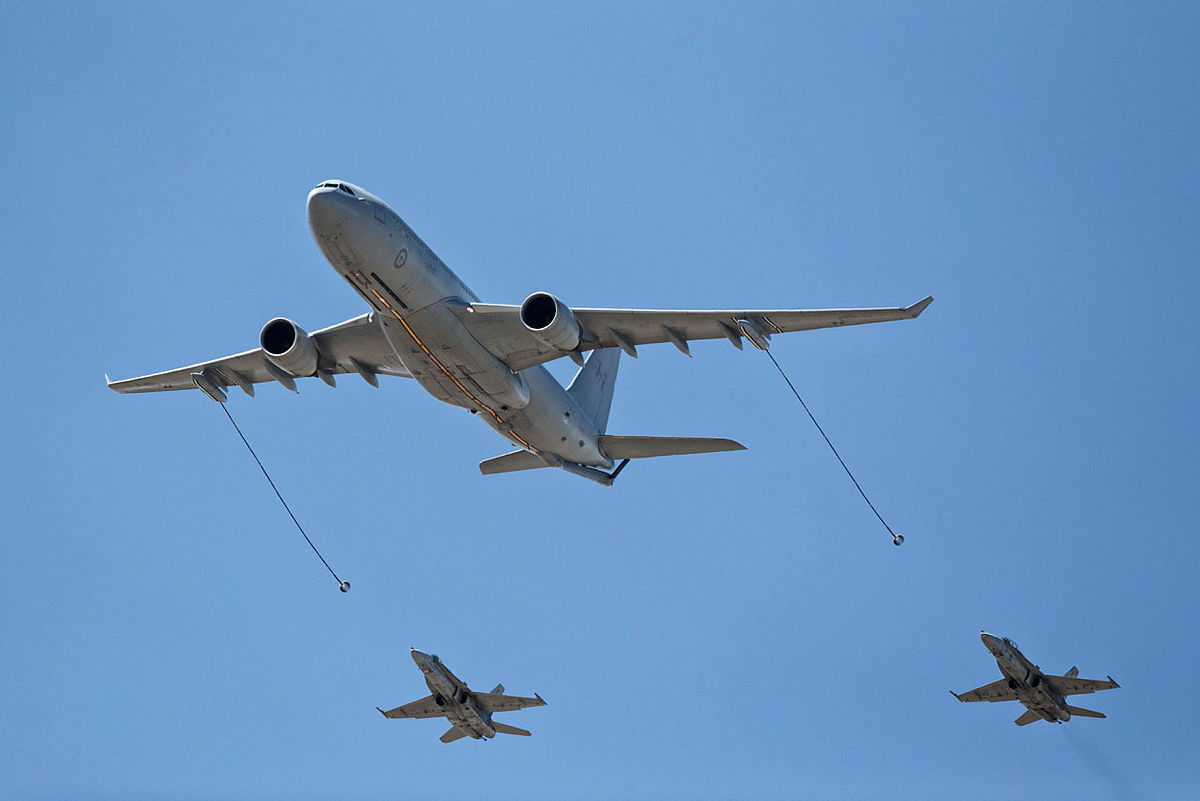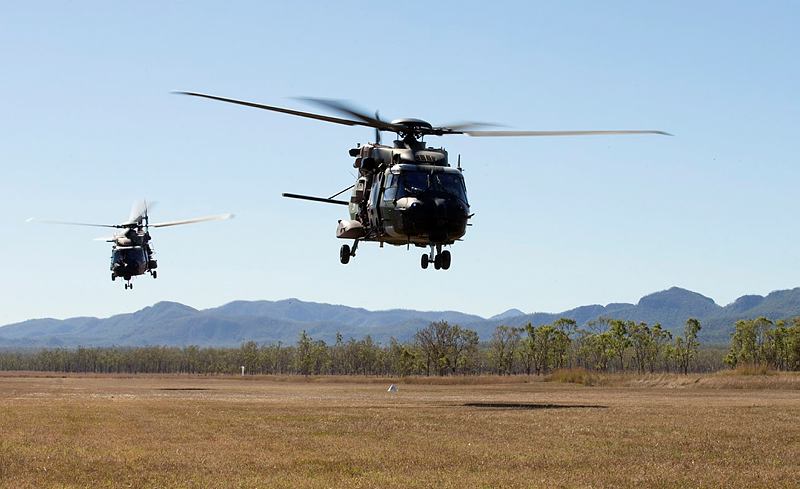An aviation nation needs a national air power enterprise

Australia needs to bring the civil, military and industrial components of aviation policy into a coherent whole.
It should view the sector as a national enterprise to promote mutual support among its various parts. The civilian aviation workforce could be seen as a defence asset, for example, and various efforts to support aerospace manufacturing could be better coordinated to create a stronger industry.
Adopting such a policy would be a big part of what the government has called ‘a coordinated whole-of-government and whole-of-nation approach to Australia’s defence’. It would make better use of resources.
The need is urgent because, as the National Defence Strategy released in April reiterated, Australia no longer has at least 10 years’ warning of major conflict—and hasn’t since 2020. Crucially, airspace security and aviation services can be disrupted well before conflict breaks out, as demonstrated by Chinese probing of the skies of Taiwan and Japan.
Unfortunately, none of this influenced the government’s Aviation White Paper—Towards 2050, published in August. Instead, departmental rather than national policies passed each other like aircraft in cloud.
The Department of Infrastructure, Transport, Regional Development, Communications and the Arts focused the white paper strictly on civil and general aviation. Meanwhile, the Department of Defence’s 2024 National Defence Strategy concentrates on military issues, of which air power is but one. Defence is not listed as making a public submission to the aviation white paper. Meanwhile, policy responsibility for the aerospace industry is with the Department of Industry, Science and Resources—and also with Defence, which published its own Defence Industry Development Strategy in February.
Thinking of air power as a national enterprise is not unique or new; it’s just not apparent in Australian policy. The Australian Defence Force’s peak air power doctrine defines the concept as ‘the total strength of a nation’s capability to conduct and influence activities in, through and from the air to achieve its objectives’—but then narrows its gaze to military aviation.
Australian sea power has been consistently portrayed as a national enterprise for years. Arguably, this has led to the government investing in Australia’s merchant fleet and to Defence spending more on naval power than air, land and cyber combined.
British spending on combat air power since 2018 has been guided by a framework that accounts for whole-of-nation security and prosperity objectives. New Zealand’s national aerospace strategy links planned growth in civil aviation to defence and security.
For Australia, adopting the concept of a national air power enterprise is unusually valuable because, as the aviation white paper says, the country is uniquely reliant on aviation. It’s no wonder there are more than 16,000 aircraft on Australia’s civil registry.
The components of Australia’s air power enterprise share challenges that adopting national approaches could address. A supply of skilled labour is among the most serious.
The white paper’s initiatives to improve aviation workforce planning, training and regulation are positive but the document missed a chance to portray the aviation workforce and its training base as national assets.
Instead, it describes the ADF as a major source of skilled labour—and also as a competitor that will ‘exacerbate future skilled aviation workforce challenges in Australian civil aviation’. No public document discusses how the civil aviation sector’s 50,000-strong workforce, a pool of aviation-savvy Australians about three times larger than the Royal Australian Air Force, could be harnessed in times of crisis.
Similarly, a national approach to aircrew training could build capacity. For example, key measures in Britain’s buildup of trained aircrew in the 1930s included the use of civil flying schools for elementary training and establishment of low-readiness reserves to support part-time flying training at civil schools.
And the absence of a national concept for air power means there is no coherent guidance on how Australia’s aerospace industry could reshape air power in the national interest. Instead, policy for the aerospace industry is diffused and divergent. The Defence Industrial Development Strategy alone spreads direction for the aerospace industry across at least three of seven priority areas.
In 2019, Australia’s aerospace industry comprised almost 1000 companies, employed nearly 20,000 people and boasted commercially competitive research, uncrewed-systems expertise and advanced manufacturing, according to a government report. That report also found the industry to be commercially viable and adding almost $3 billion to the economy annually.
Since then, the aerospace industry has designed and built a growing variety of advanced aviation components and uncrewed aircraft, including the fighter-like Boeing Ghost Bat. But if there has been government support for these efforts, it has been experimental or based on specific projects rather than a coordinated effort to help build autonomous aircraft domestically.
More is needed because domestically produced autonomous aircraft could use an Australian industry strength to liberate Australian aviation from the labour constraints of a small population.
This is what reshaping air power to create new potential in the national interest could look like. Australia needs more from its air power to address deteriorating security and resources shortages. The first steps are a coherent concept of Australia’s national air power enterprise and a vision of what the nation needs.


